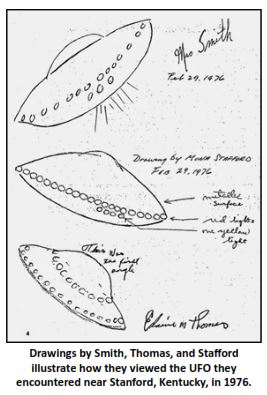Louis XIV of France, also known as the Sun King, is one of the most important figures in European history. An encrypted letter he wrote using the Great Cipher in 1693 has never been deciphered. For nearly 250 years, the Great Cipher remained unbreakable, and even today, much of its ciphertext is still undeciphered.
The father-and-son duo Antoine and Bonaventure Rossignol created the Great Cipher for French King Louis XIV to safeguard the empire's most secret messages, including his plans, plots, and political strategies.
The letter sent by Louis XIV consists of five pages, however only parts of it are encrypted with the Great Cipher.
 |
| Letter from Louis XIV page 1 (Image source: Science Blogs) |
Antoine Rossignol first appears in historical records in 1626, working for a local prince during what seemed like a months-long siege of the city of Realmont. When a courier carrying an encrypted letter from the besieged city was intercepted, Rossignol decrypted it within an hour. The letter revealed that the Huguenot (a French Protestant minority) forces were in a precarious position, under-supplied and out of ammunition. The prince's forces returned the letter along with the deciphered copy, prompting the Huguenots to surrender immediately.
 |
| Letter from Louis XIV page 2 (Image source: Science Blogs) |
This achievement caught the attention of Louis XIII's chief minister, a keen user of secure ciphers in both diplomacy and intelligence. Rossignol's exceptional cryptographic skills earned him considerable acclaim, including poems written in his honor.
 |
| Letter from Louis XIV page 3 (Image source: Science Blogs) |
By the time Louis XIV ascended to the throne, Rossignol was working with his son Bonaventure. They split their time between Rossignol's estate and a room in the Palace of Versailles adjacent to the King's study. Together, they developed the Great Cipher, which remained unbroken for 250 years.
 |
| Letter from Louis XIV page 4 (Image source: Science Blogs) |
On 10 February 1673, Louis XIV issued a declaration, extending the droit de régale [the regalian right] over all France. The Parliament was pleased, and most bishops yielded without serious protest, only Nicolas Pavillon, of Alet, and Francois de Caulet, bishop of Pamiers, both Jansenists, resisting. These at first sought redress through their metropolitans, but when the latter took took the king's side they appealed, in 1677, to Pope Innocent XI. In three successive Briefs the pope urged the king not to extend the right to dioceses that had previously been been exempt. The General Assembly of the French clergy, held at Paris in 1681-2 sided with the king, and, despite the protests of Innocent XI, Alexander VIII, and Innocent XII, the right was maintained until the French Revolution.
 |
| Letter from Louis XIV page 5 (Image source: Science Blogs) |
In 1693, Louis XIV sent the Duke of Chaulnes to pope Innocent XI. The encrypted letter contained instructions for the Duke. As it seems, this letter has not been deciphered to date.
Although the Great Cipher was essentially an enhanced monoalphabetic cipher with homophones, it seemed implausible that it remained unbreakable for so long. Two key factors contributed to its security.
First, the Rossignols' ingenuity and resourcefulness were paramount. The Great Cipher included 587 different numbers, making it far from a straightforward substitution cipher. When Commandant Étienne Bazeries, a renowned cryptanalyst, attempted to crack it as a homophonic cipher, he failed. However, after three years of persistent effort around 1893, he succeeded.
 |
| One of many nomenclators used to encode the Great Cipher (Image source: Wikipedia) |
Bazeries hypothesized that each number might represent a digraph, or a pair of letters. Although this approach initially failed, it led him to consider that some numbers corresponded to syllables. After several attempts, he made a breakthrough with the discovery that the cluster of numbers 124-22-125-46-345 represented "les-en-ne-mi-s" ("the enemies"), proving his theory correct.But he only decrypt small portions of it.
At a time when cryptography primarily involved substituting plain alphabets with cipher alphabets, the Rossignols' use of syllables added complexity. They also introduced traps for codebreakers, including numbers that deleted previous numbers instead of representing meaningful letters or syllables. These inventive techniques made the cipher exceptionally difficult to decode.
Moreover, after the deaths of Antoine and Bonaventure, the Great Cipher fell into disuse, and many details about it were lost. Consequently, anyone attempting to break the codes had to start from scratch. Only the most dedicated and skilled cryptanalysts could decipher it, with persistent effort. Thus, it is no surprise that the Great Cipher is regarded as one of the strongest ciphers in cryptographic history.
The Great Cipher remained unsolved until 1893. Even today, many of its encoded documents in the French Archives remain unreadable.
References:









Please don't put your website link in Comment section. This is for discussion article related only. Thank you :)